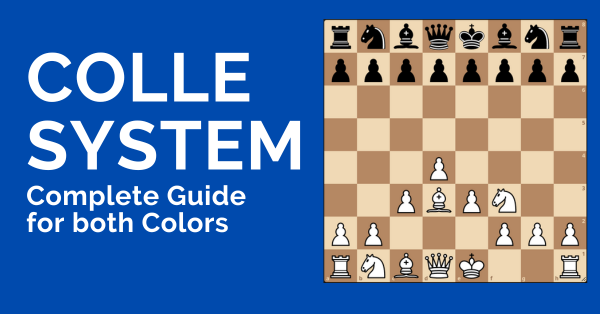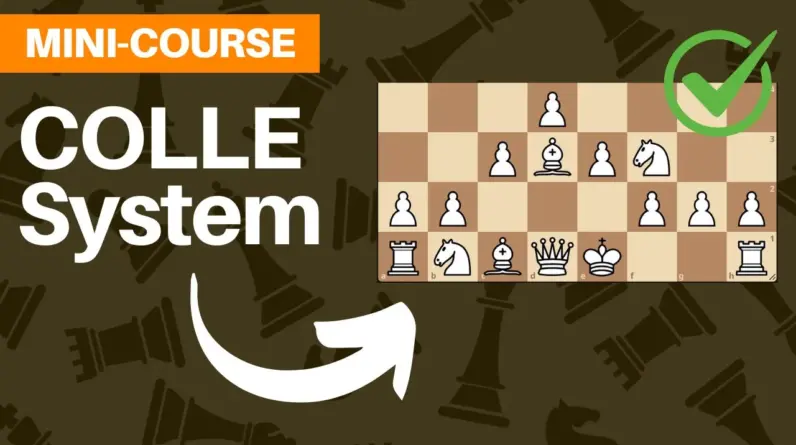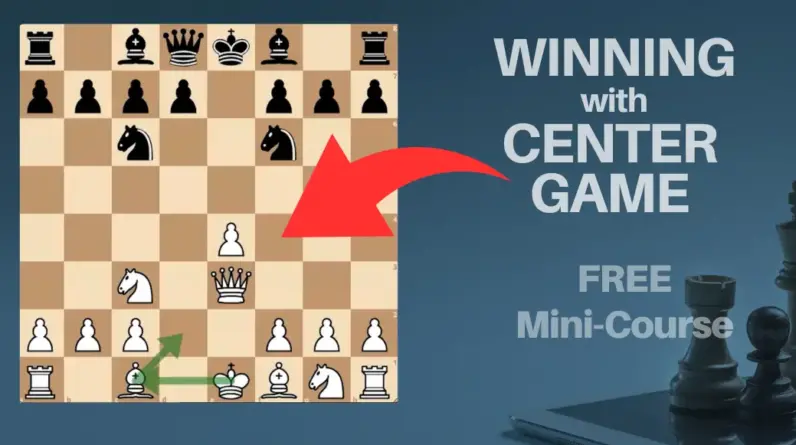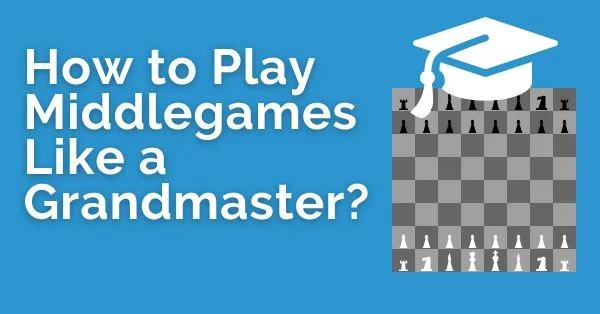
In this article, you’ll learn how to play middlegames like a Grandmaster.
The middle game is a crucial juncture in the flow of a game. It is where ideas are fought fiercely. It is a path that has numerous paths diverging in every possible direction. Some paths are well-trodden whereas others are not.
These paths represent a host of strategic and tactical possibilities that lie in front of us. How can we navigate such a labyrinth of possibilities? We can take inspiration from Grandmasters. They represent the crème de la crème of chess and constantly amaze us with their understanding.
A Grandmaster has many abilities and skills that an amateur player can learn from. Especially in the Middlegame where a guiding hand is needed.
Study Opening Specific Middlegames
Grandmasters know openings in tandem with middlegames. Looking at openings, middlegame and the endgame in isolation is inefficient for a cohesive chess understanding.
Generally, opening variations lead to a variety of middlegames. These positions have different characteristics like pawn position, piece placements, etc. But in the opening’s main line, you get a standard position with defined features.
This position is called an opening tabiya. From this position, you should strive to learn the ensuing middlegame in depth. This not only helps to play the main line better but also helps to form patterns of play on the sidelines.
The way to study the middlegame arising from the opening tabiya is to look at master games. Master games will present you with recurring patterns and plans that you should note down for future reference.
Let’s take the example of the exchange variation of the Ruy Lopez. After the moves 1.e4 e5 2. Nf3 Nc6 3. Bb5 a6 4. Bxc6 we reach the opening tabiya of this variation.
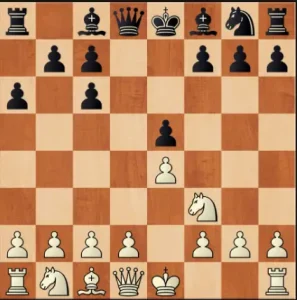
In this line, the Kingside pawn majority plays a major role in the plans for both sides. But what is the most effective way to play this middlegame? There are many model games in this line.
One of the conclusions that we arrive at by looking at master games is to not advance the e-pawn too soon. Since Black can create counterplay with f6 and g5. Consequently, the f5 square is also weakened.
Another takeaway from the model game Lasker vs Janowski, Paris 1909 is that it is a good idea to advance the f-pawn first.
Such byte size takeaways from each master game help us to make correct plans in the middle game.
Master the Pawn Structures
Pawn structures in chess are a vast ocean. It requires constant practice and learning to master as many pawn structures as possible.
Pawn structures can be classified on various basis. They can be classified
In isolation
- Doubled pawns
- Hanging pawns
- Isolated pawns
As a unit
- Pawn Phalanx
- Pawn chain
- Pawn islands
Based on opening
- Carlsbad
- KID
- Benoni
- English-Botvinnik
Grandmasters have extensive knowledge of the various pawn structures and how to play them. This is how a Grandmaster can ‘play any position’ with ease.
Before playing an opening, a Grandmaster masters the particular pawn structures associated with that opening.
The inbuilt database of knowledge helps them to process any position much faster than an amateur player.
So, one of the goals for an amateur player is to master the specific pawn structures that arise in the repertoire.
Get all the Attacking Plans Straight
Learning how to organize your pieces and deliver the final blow, checkmating your opponent is the dream of every attacking player. Grandmasters are often portrayed as positional players with deep positional games.
Things cannot be further from the truth. If the position demands it Grandmasters can play spectacular attacking chess.
An amateur player can also hone this skill with practice. Priority should be given to practicing the basic rules of attack and how to apply them. The basic attacking principles are:
- Find a target to attack
- Bring all the pieces into the attack
- Play for the initiative by generating threats
- Look for forcing moves and combinations to deliver the final blow.
In the following game, Carlsen demonstrates a mastery of the basic attacking principles. He plays an exemplary attacking game taking down a 2700 Grandmaster.
Once you master this then you can move on to specific attacking plans. Different Openings have different piece configurations. Some of them are conducive to attacks and forceful play.
A typical example would be the dragon variation of the Sicilian defense. Where a typical attacking plan is to push the h-pawn and open the h file. Then infiltrate with the pieces to deliver checkmate.
Control the Central Squares
The true strength of Grandmasters lies in the fact that they know when to follow the basic principles and when to break them. They don’t break the basic principles due to disregard but rather due to a deep understanding of them.
But one area where they are extra careful is the center. A complete disregard for the center cannot end well. It is important to control the central squares.
They often put a greater emphasis on the center and how to control it better. The side that has control over the center has better prospects on the flank.
Anticipate and Counter Opponent’s Moves
The skill to actively anticipate and counter an opponent’s moves is the hallmark of a Grandmaster. This skill often called ‘Prophylaxis’ in chess lingo is vital to play chess at a higher level. As you rise in strength your opponent will try to impose his plans better than weaker opponents.
Sometimes opponent’s move is not obvious at first glance. Only after the move is played do we realize its importance. Allowing opponent counterplay and chances is one of the biggest reasons for losing a won/better position for amateurs.
In this regard, we can learn a lot from Grandmasters. How they counter the opponent’s moves and try to implement their ideas.
The 7th World Champion demonstrates how to use Prophylaxis.
V. Smyslov – L. Schmid, Helsinki Olympiad 1952
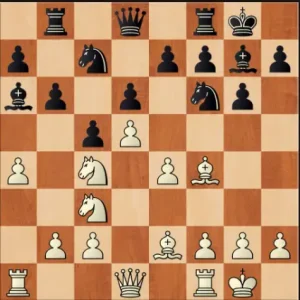
It’s a typical Benoni structure where White has many plans. However, before going into them Smyslov assessed his opponent’s idea: What does my opponent want to do?
Smyslov plays 12.b3 Black’s idea was to play 12..Bxc4 and then follow it up with a Queenside expansion (a7-a6 and b6-b5)
Smyslov stopped this idea at once because after 12..Bxc4 13.bxc4 the b6-b5 advance is not practical.
Prioritize Your King’s Safety
Grandmasters strongly guard their King position. They do not unnecessarily weaken it for superfluous play. They know that King’s safety is of paramount importance.
In position below shows how a Grandmaster emphasizes the importance of the King’s safety. All of the white pieces stand near the king. Whereas the Black King is scantily guarded.
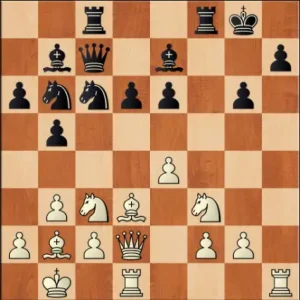
Such a position will often call for a combination and in this position, we have a spectacular combination.
1.Nd5! exd5 2.Rxh7! Kxh7
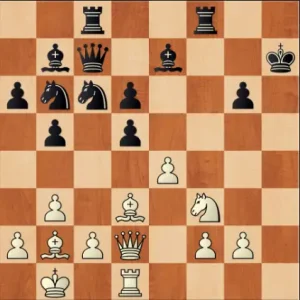
3.Qh6! 1-0
Strategize for a Favorable Endgame
One of the key areas where Grandmasters are far ahead of other players is decision-making. For example, they realize the right time to liquidate to a won endgame or even transform the game into a better endgame.
A critical question to ask in the middlegame when considering going into the endgame is: Should I exchange the Queens or not?
More often than not when the position is safe and has a slight plus the Grandmaster will look to exchange queens and transform the game into an endgame.
In this position, White is slightly better due to the space advantage and the potential of two Bishops.
Matulovic – Klaric, Vinkovci, 1982
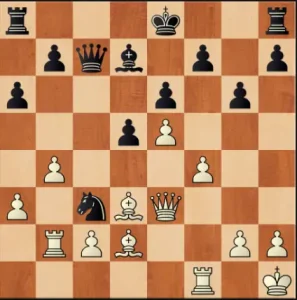
The critical decision to be made in such a position is whether you have a better chance of progressing with the Queens off. White realizes that the clumsy position of the Rook poses a risk and hence decides to go into the endgame by exchanging queens.
White plays Qc5 Qxc5
Suddenly the inactive Rook is turned into a powerful asset in a favorable endgame.
Such strategic exchanges and decision-making are bread and butter for a Grandmaster.
FAQ
How do you play a good middle game in chess?
You can play a good middlegame in chess by knowing the typical ideas and plans. Also, it is important to realize your opponent’s intentions and stop them if they are dangerous.
What to do in the middlegame?
More often than not in the Middlegame there is no one right answer on how to proceed. Here are some things you could do if you feel stuck
- What are the weaknesses in the opponent’s position? Is it exploitable?
- Can you make an attacking move?
- Can a piece be improved?
- If the opponent is planning something, then can you hinder it?
Is middlegame important?
Yes, the middle game is a crucial part of the game. The nature of the game is decided in the middle game.
https://thechessworld.com/store/product/middlegame-for-club-players-with-im-marko-nenezic/


